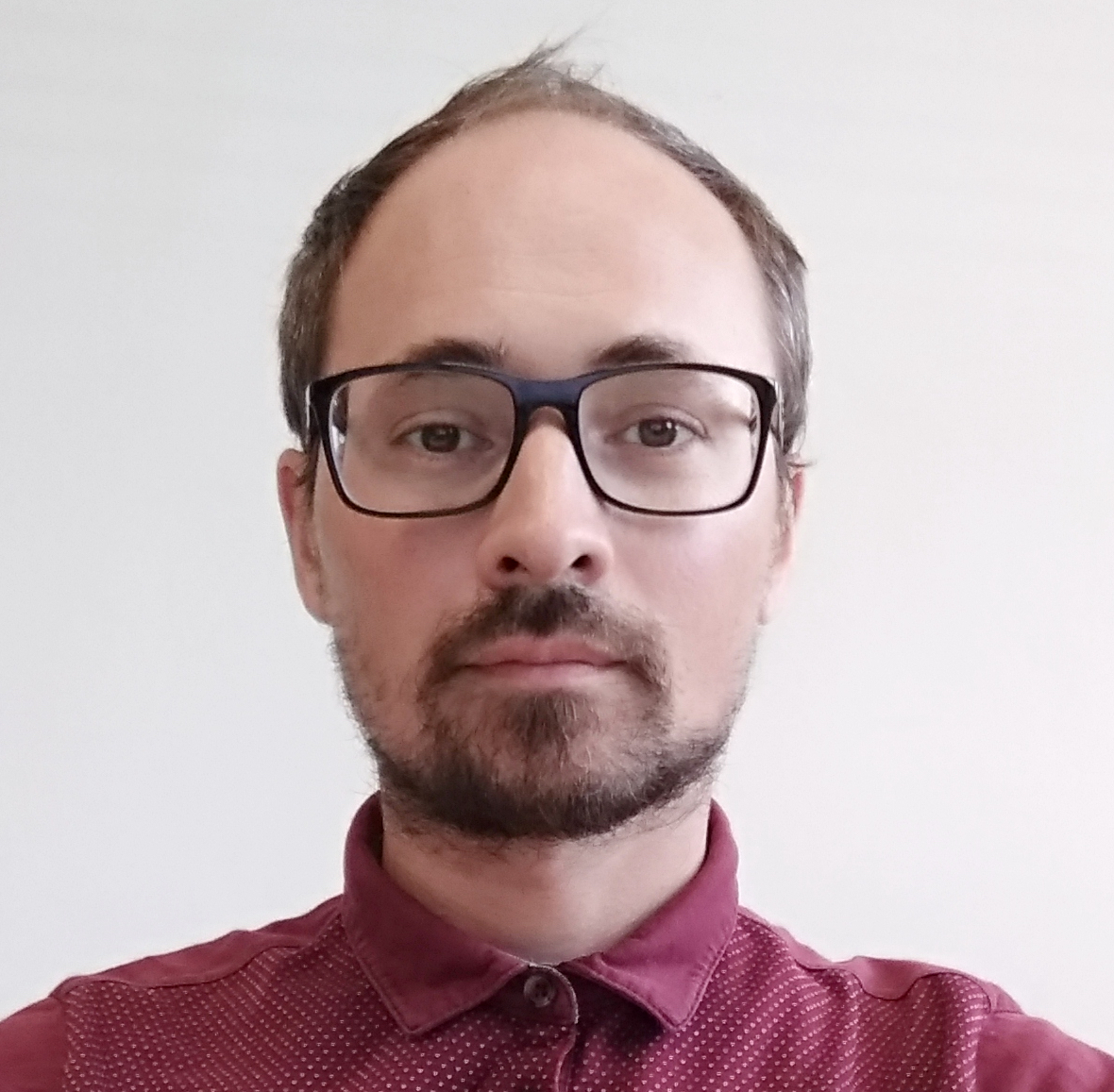Invited Speakers
Marion Berbineau (Université Gustave Eiffel, France)
Title: Wireless Communications Challenges for Safety Applications in Railways
Abstract: The rail system is a complex system of systems that is entering the era of total automation thanks to wireless sensors and advanced communication, localization and perception systems that transfer the control functions of the human driver to computers. Information must be shared between the various stakeholders in the system: infrastructure manager, train manager, maintenance manager, timetable manager, customer manager, etc. Consequently, wireless communications are widely deployed for train operation and will carry mission critical information. The question of safety demonstration and then dependability analysis of a wireless link is an open topic. In general, a so called “safety layer” is designed to cope with the wireless communications impairments. In particular the Euroradio philosophy will be recalled as an example of safety layer for train-to-ground communication. This protocol is not suitable for decentralized communications such as train-to-train or device-to device communications and new systems should be developed.
The presentation will give an overview of the current deployment of wireless communication systems in the rail domain (train-ground, intra-train, inter-train) for train operation and the ongoing developments at European level. Challenges to be solved will be highlighted and possible methodologies for dependability analysis will be presented.
Bio: Marion Berbineau received the engineering degree in informatics, electronics, and automatics from Polytech Lille (former EUDIL), in 1986, and the Ph.D. degree in electronics from the University of Lille, France, in 1989. She has been a Research Director at Université Gustave Eiffel (formerly Ifsttar), since 2000. She was the Director of the Leost Laboratory, from 2000 to 2013, and then the Deputy Director of the COSYS Department, from 2013 to 2017. In addition to research activities and supervision of Ph.D. students, she coordinates railway research at Université Gustave Eiffel. She is also the vice-chair of the European Railway Research Network of Excellence (Eurnex) and ERRAC (European Railway Research Advisory Council). Her current research interests include wireless communications for connected and automatic vehicles (trains and cars) (radio propagation, channel characterization and modeling, SDR, MIMO, ITS-G5, GSM-R, LTE, and 5G NR and beyond). She has already participated to a lot of European and national research projects. She is the author or co-author of several journal articles and patents.
Alessio Ferrari (University College Dublin, Ireland)
Title: Empirical Formal Methods in Railways: Experiences and Roadmap
Abstract: Empirical formal methods aim to ground the development, evaluation, and deployment of formal techniques in software engineering through systematic observation, data collection, and analysis. In the context of safety-critical domains such as railways, the need to balance mathematical rigor with practical feasibility makes empirical approaches particularly relevant. In this keynote, I will outline the scope and significance of empirical formal methods, and present a retrospective on my experience applying these approaches in railway system development and verification. Drawing on a series of industrial and collaborative projects—including engagements with General Electric Transportation and Alstom—I will discuss how empirical software engineering techniques such as surveys, systematic literature reviews, case studies, judgment studies, and tool evaluations have been used to assess the applicability, usability, and impact of formal methods in practice. These studies provide insights into both the benefits and the barriers to adoption of formal techniques in real-world railway contexts. I will conclude with a roadmap for strengthening the empirical evidence base for formal methods in railways, identifying research gaps and practical strategies to improve their integration into industrial processes, toolchains, and certification workflows. The roadmap will also include practical guidelines on how to combine large language models (LLMs) in railway applications in combination with formal methods.
Bio: Alessio Ferrari is a Lecturer at University College Dublin (UCD), Ireland, and a Senior Research Scientist at Consiglio Nazionale delle Ricerche Istituto di Scienza e Tecnologie dell'Informazione "A. Faedo" (CNR-ISTI), Italy. He received a Ph.D. in computer engineering from the University of Florence in 2011. He has about 17 years of research experience, and 3 years of industrial experience at General Electric Transportation Systems, a world-leading railway signalling company. His main research interests are software engineering, requirements engineering, and formal methods. In particular, his research focuses on: (a) software process improvement for safety-critical systems, with a focus on formal/semi-formal model-based development and code generation in the railway domain; (b) empirical software engineering and empirical formal methods; (c) application of natural language processing technologies and large language models to requirements engineering; (d) requirements elicitation by means of interviews, workshops, focus groups, and model-based prototyping.
He is a co-author of more than 130 publications in international conferences and journals. In 2015 and 2018, he received the Best Paper Award at the IEEE RE conference. He co-organised the NLP4RE workshop and AIRE workshop in multiple editions, regularly serves on the program committee of international conferences such as ICSE, RE, and REFSQ, and he is part of the Steering Committee of IEEE RE and REFSQ. He is part of the Editorial Boards of ACM Transactions of Software Engineering and Methodology (TOSEM), Springer Requirements Engineering Journal, and Springer Software Quality Journal. He has been the organiser of REFSQ 2020, PC co-chair of REFSQ 2023, and PC co-chair of RE 2025. He participated in several FP7, H2020, and Horizon Europe EU projects, such as LearnPAd, ASTRail, 4SecuRail, DESIRA, and CODECS. He has been also actively involved in technology transfer studies with railway companies, such as Alstom, GE Transportation, SIRTI, Trenord, and Caterpillar.
Peter Tummeltshammer (Hitachi Rail, Austria)
Title: ETCS Moving Block in the ERJU Programme
Abstract: The railway sector has already reached capacity limits in some areas, which requires new technologies to increase throughput without extensive new construction work. The ETCS Moving Block aims to combine safety functions that are currently distributed across interlocking and radio block centre into a single system. Real-time data collection based on the geometric topology of the rail network and the physical properties of the train serve as the basis for replacing the classic railway operational rules. The system thus always achieves the optimum throughput adapted to the respective situation, e.g., in the case of operational restrictions. The new approach is compatible with existing ETCS L2 systems and track vacancy detection systems, which enables support of classical ETCS L2 operation. The system is intended to enable cloud operation with standardized EULYNX interfaces on indoor and outdoor systems. Hitachi Rail already has a year-long experience in the moving block system by early concept validation through simulation and prototyping, which was continued and extended in Shift2rail as well as now Europe's Rail Joint Undertaking (ERJU), where a field demonstrator reaching TRL 6 is shown together with DB.
Bio: Peter Tummeltshammer technical computer science at the TU Wien where he was able to spend a semester at the Carnegie Mellon University in Pittsburgh, and finished his Master in 2004. He continued with a PhD at TU Wien in the field of fault-tolerant systems in the automotive sector which he finished in 2009. He then joined Thales as a SW engineer on a safety-critical technology platform with focus on automatic code generation and model based engineering. In 2017, he took the role of research coordinator, acting as an interface to internal and external funding bodies and research partners and coordinating innovation topics within the Thales group. In 2023, he took over the innovation team lead including the development team of our moving block prototype, which is now part of the ERJU project R2DATO. In 2024, Hitachi bought the complete Thales rail division, which is why he is now part of Hitachi Rail.



